Краткая история денег в мире и России: как зарождались и развивались денежные отношения?
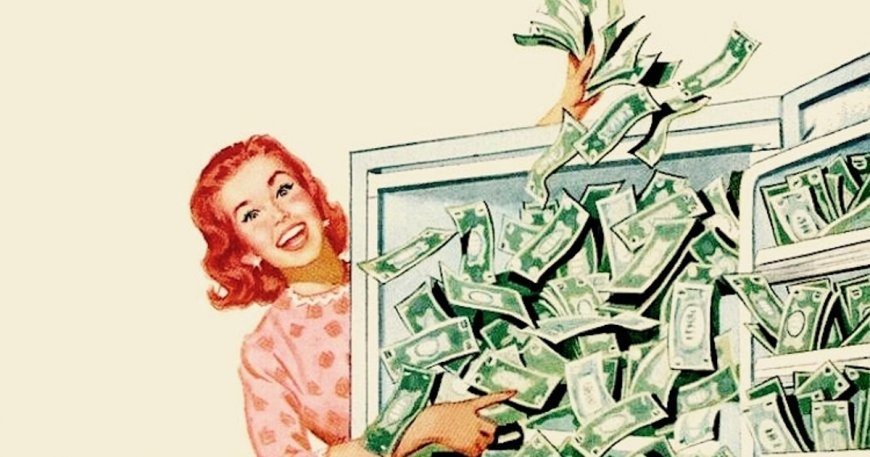
Description
Деньги – основополагающий предмет экономических отношений в современном обществе. Мысли о них прочно засели в нашей голове: для кого – то это объект ненасытного вожделения, а для кого – то инструмент для удовлетворения потребностей и средство самореализации. Мы уже не представляем свою жизнь без денег и порой думаем, что деньги существовали всегда. Однако, это не так. Из этой статьи вы узнаете краткую историю возникновения денег и развития денежных отношений в мире и России.
1. Краткая история денег в мире
1.1 Бартерный обмен
На ранних этапах развития человеческого общества потребности в деньгах у людей не возникало. Все нужные предметы быта и продукты питания многочисленная семья производила самостоятельно. В последующем люди поняли, что проще и эффективнее специализироваться на отдельной отрасли ремесла или земледелия. Но как получить недостающие семье товары? Конечно же, обменять свой товар, имеющийся в избытке, на необходимый. Так появился бартерный обмен – передача имущества одной стороне за счёт передачи другого имущества схожей или равной стоимости другой стороне.
Видимо, бартерный обмен зарождался как – то так;)
В качестве объектов бартерного обмена могут выступать различные вещи. Самыми популярными были зерно и скот, поскольку их было проще всего реализовать. Однако, вместе с бартерным обменом возникали операционные издержки: зерно надо где – то хранить, а скот нуждается в постоянном уходе и питании. Поэтому люди стали использовать более мелкие средства обмена: шкурки пушных зверей, перья птиц, камни особой формы или раковины Каури (Ципреи), насаженные на нитку.

Раковины Каури – самый стильный метод обмена
1.2 Появление первых монет
Несмотря на всю свою привлекательность, ракушки или шкурки зверей портятся и являются сравнительно легкодоступными. Другое дело – цветные металлы. Деньгам, сделанным из золота, серебра или меди, гораздо проще придать любую требуемую форму, а также защитить от подделки и использовать в процессе торговли.
Первые монеты появились в Риме около 2500 лет назад и связаны с формированием такого явления как государство. Именно государство взяло на себя обязанность производить деньги и контролировать их оборот и качество. Изначально монеты вводились как средство для осуществления оптовых закупок и уплаты налогов. Но позже стали появляться более мелкие денежные единицы, которые позволили делать мелкие покупки.
Монеты разных государств имели различный вид и ценность. Обычно они были круглые или овальные с защитной печатью и изображением правителя. К примеру, вот как выглядела монета дарик Персидской империи с изображением правителя Дария:
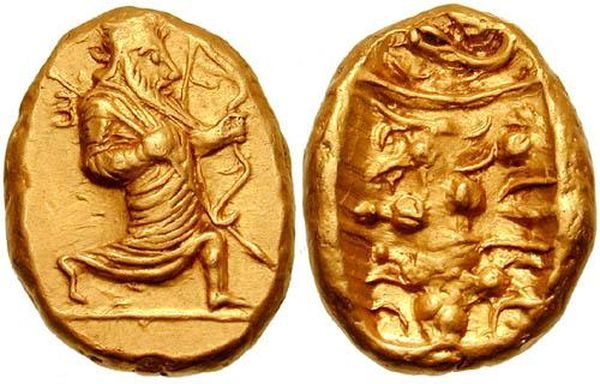
Золотой дарик
А вот такими были монеты Руси на рубеже 10 – ого века:
Монеты Руси – 10–ый век
1.3 Появление бумажных денег
Первопроходцами в создании бумажных денег были китайцы, которые стали записывать на специально обработанную кожу зверей с опознавательными знаками сумму «долга» при осуществлении торговой операции с целью оплаты товара.
Первые бумажные китайские деньги
Европейские страны пришли к идее создания бумажных денег только в процессе развития банковского дела и международной торговли в 17 веке. Банкиры принимали деньги клиентов на хранение, а взамен выдали своеобразные расписки, посредством которых можно было забрать свои средства обратно. В последующем клиент банка мог получить документ, подтверждающий, что на его счету храниться определённое число монет и позволяющий изымать часть из них из хранения. Такие документы начали называть «банкнотами» и использовать их заключении крупных сделок без прямой передачи денег.
На основе этой практики государства пришли к выводу о необходимости создания собственных национальных Центральных Банков, которые бы занимались централизованным изготовлением бумажных денег, обеспеченных золотом и серебром. С развитием печатного дела качество банкнот и степень их защиты усовершенствовалась, увеличивая степень доверия к ним со стороны граждан. Лидерами в области создания бумажных денег стали Англия, Франция и Швеция.
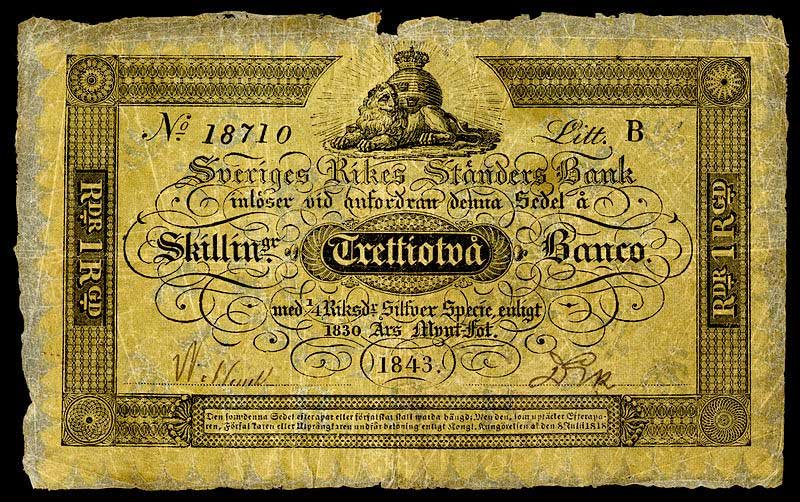
Первые бумажные деньги Франции, Англии и Швеции
2. Краткая история денег в России
2.1 Появление денег на Руси
В начале на Руси были в обращении монеты, которые были получены в процессе торговли с арабскими купцами. Деньги, получены от них, называли куной, а часть от неё – резаной. Затем стали применять гривну – часть женского украшения в виде ожерелья, сделанного из драгоценного металла, чаще всего серебра.
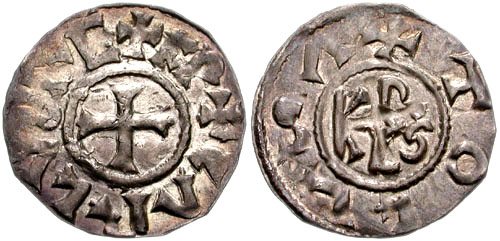
Арабская куна
В результате татаро – монгольского нашествия культура Руси потерпела деградацию и на смену круглым монетам пришли ценные слитки. Но уже в начале 13 – ого века отдельные княжества снова стали обзаводиться своими собственными монетами.
После объединения Руси Иваном III в единое государство появился единый монетный двор с общей национальной счётной единицей – рублём и её составляющей – копейкой. Первое официальное упоминание о копейке пришлось именно на царствование Ивана III, но некоторые историки предполагают, что прообраз копейки был создан намного раньше. Тем не менее именно с момента правления Ивана III можно говорить, что основной денежной единицей на Руси была копейка.
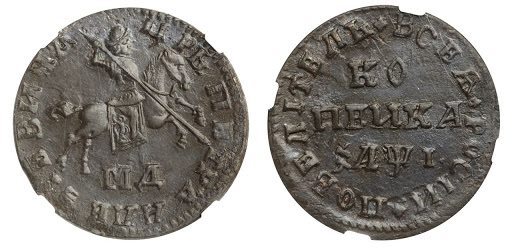
Копейка Ивана III основная денежная единица Руси
2.2 Деньги царской России
Главную денежную реформу в царской и в последующем императорской России провёл Петр I, который выпустил новые типы монет и стандартизировал условия обмена между ними. Так он установил, что 1 рубль равен 100 копейкам и выпустил следующие монеты:
- полтинник – 50 копеек;
- полуполтинник – 25 копеек;
- гривенник – 10 копеек;
- пяточок – 5 копеек;
- алтын – 3 копейки.
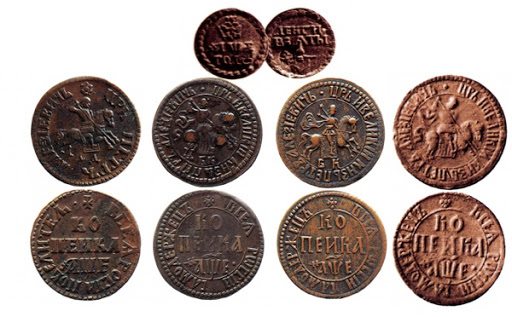
Монеты Петра I
Первые бумажные деньги в Российской империи появились благодаря Екатерине II, которая ввела банкноты номиналом 25, 50, 75 и 100 рублей. Бумажные ассигнации при Екатерине II показывают суть инфляции на фоне дефицита цветных металлов. Для того, чтобы избежать недостатка серебра и золота стали использовать медь. Однако, медные монеты, эквивалентные серебряным и золотым, были очень громоздкими и тяжёлыми. Первые бумажные ассигнации успешно справились с данной проблемой. Бумажные ассигнации Екатерины II настолько понравились людям, что в народе их ласково прозвали «катеньками».
Бумажные «катеньки» Екатерины II
2.3 Деньги России до 1997 года
Первая мировая война и Октябрьская революция уничтожила Российскую Империю и её финансово – денежную систему. Данные потрясения привели к необходимости выпуска новых бумажных денег – «керенкам». Что такое керенки? Керенки – это бумажные ассигнации, которые были выпущены в 1917 году Временным правительством. По – факту керенки были практически ничем не обеспечены и не имели никаких уровней защиты. Из – за этого люди не испытывали доверия к ним и предпочитали использовать старые «добрые» золотые и серебряные монеты.
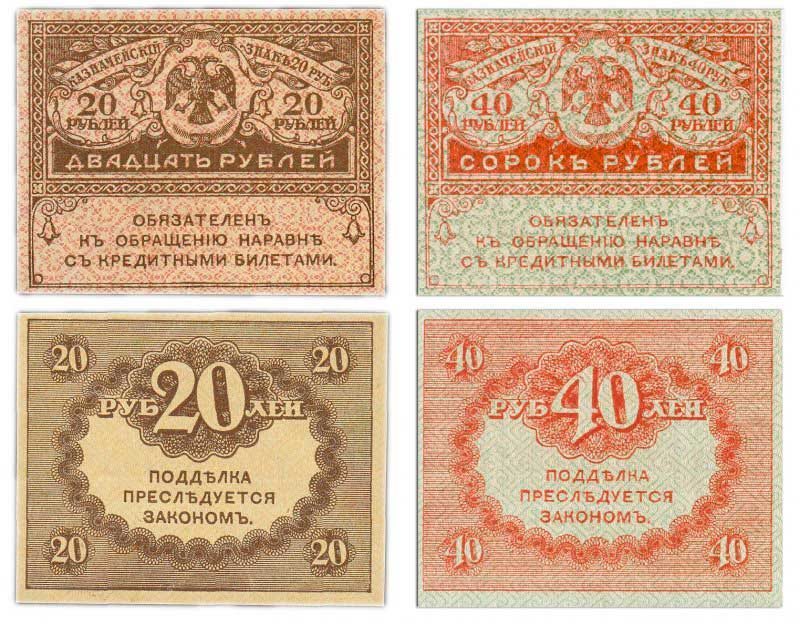
«Керенки» без серийных номеров и средств защиты
В 1922 году впервые были выпущены червонцы. Червонец – отдельная денежная единица, которые была равна 10 царским золотым рублям. Благодаря данной реформе советскому правительству удалось наладить экономические отношения и увеличить товарные оборот между гражданами.
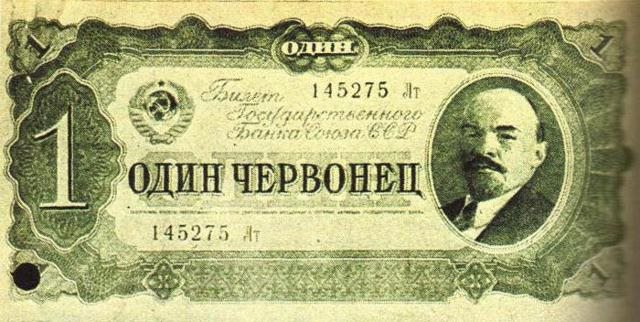
«Ленинский» червонец»
Но червонец был очень крупной денежной единицей. Чтобы на практике с ним было удобно обращаться, был выпущен 1 серебряный рубль, а также казначейские ассигнации номиналом 1, 3 и 5 рублей. Для размена одного рубля ввели монеты номиналом в 1, 2, 3, 5, 10, 15, 20 и 50 копеек.
Реформа 1961 года ещё сильнее укрепило советский рубль, поскольку на законодательном уровне увеличило его покупательскую способность в 10 раз.
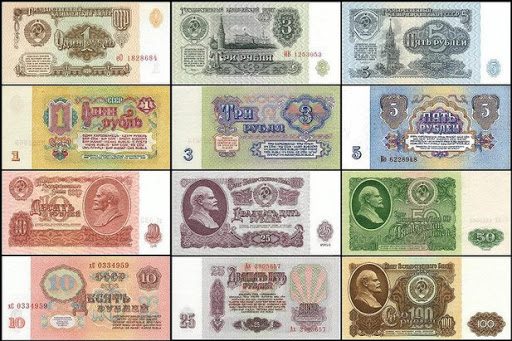
Советские деньги 1961 года
2.4 Все современные российские купюры
Национальная валюта современной России претерпевала множество изменений в связи с политическими и экономическими катастрофами, произошедшими после распада Советского Союза. На данный момент в России находятся в обороте банкноты номиналом 10, 50, 100, 200, 500, 1000, 2000 и 5000 рублей, а также монеты суммой в 1, 2, 5 и 10 рублей.
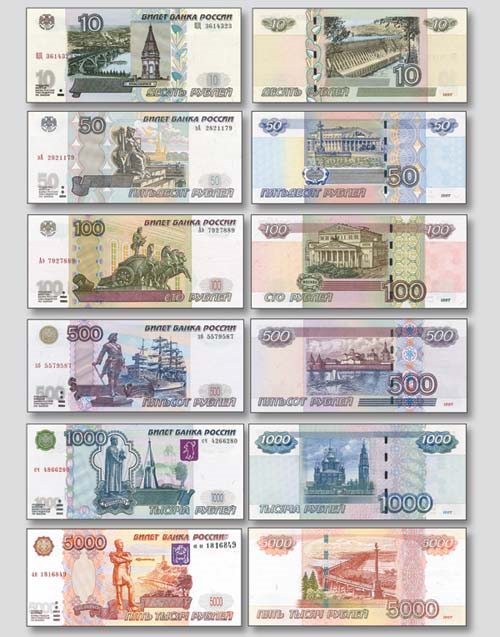
Российские купюры с 2006 года
В декабре 2017 года в оборот были введены новые купюры номиналом в 200 и 2000 рублей:
Новые купюры введённые с 2017 года
Заключение: будущее денег
С начала 20 века большинство стран начали испытывать трудности с обеспечением своих национальных валют золотом из – за его дефицита, мировых войн и крупнейших экономических кризисов. Поэтому страны отказались от золотого стандарта и перешли на плавающий курс обмена валют и золота.
Развитие информационных технологий и свободное формирование курсов валют позволило создать электронные средства платежей, которые являются более безопасными, удобными и экономичными. По статистике, бумажные деньги выходят из оборота (рвутся и теряются своё качество) каждые 2 – 3 года в зависимости от номинала. Кроме того, за весь цикл своего существования деньги пребывают в руках сотен людей на разных континентах и способствуют распространению различных инфекций. Благодаря этапу банковские карты и электронные кошельки становятся всё более популярными как при совершении частных покупок, так и при заключении многомиллионной сделки.
Однако традиционные деньги имеют ряд недостатков, которые связаны с их полным контролем со стороны государства и потенциально неограниченной эмиссией. Данную проблему решают криптовалюты, которые благодаря технологии блокчейн являются децентрализованными и независящими от конкретных групп людей. Криптовалюты позволяют переводить любые суммы в любые части мира за стандартную минимальную комиссию, а также имеют ограниченный выпуск, что в будущем при увеличении спроса приводит к увеличению спроса.
Криптовалюты – будущее экономики
2020 год оказался одним из самых благоприятных для криптовалют и показал интерес к ним со стороны институциональных инвесторов, а также простых людей, который ищут защитный актив для своих сбережений. Мы уверены, что криптовалюты в будущем займут одно из лидирующих мест в сфере осуществления денежных отношений.





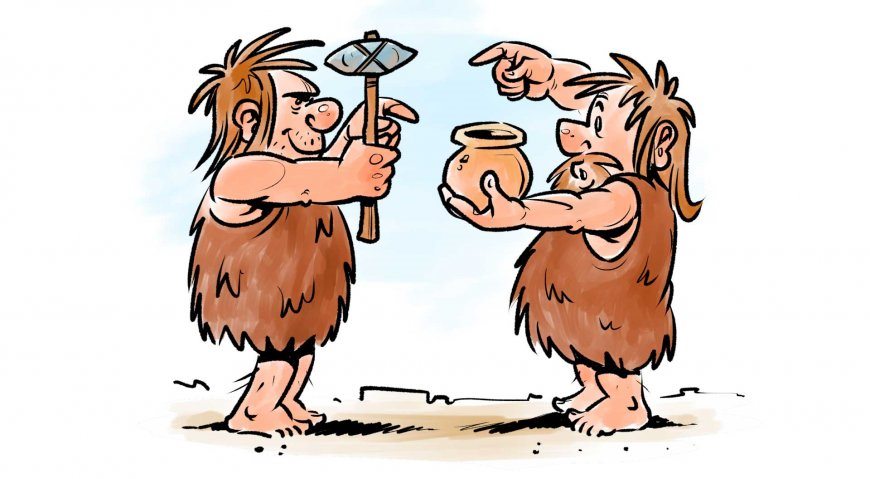
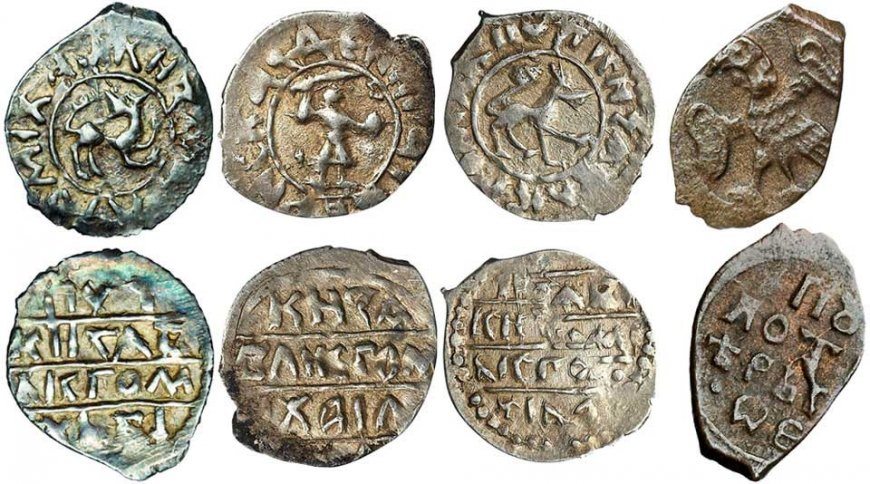
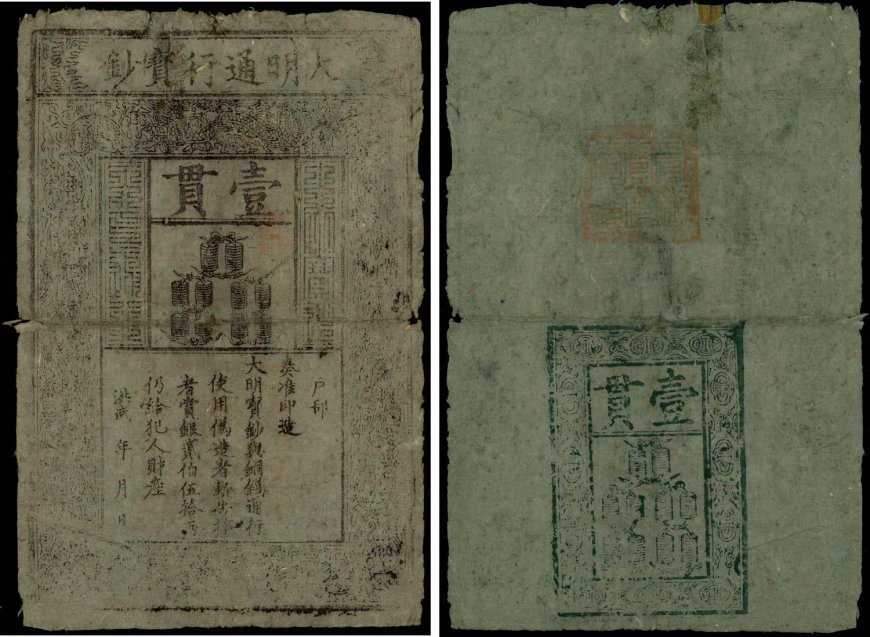
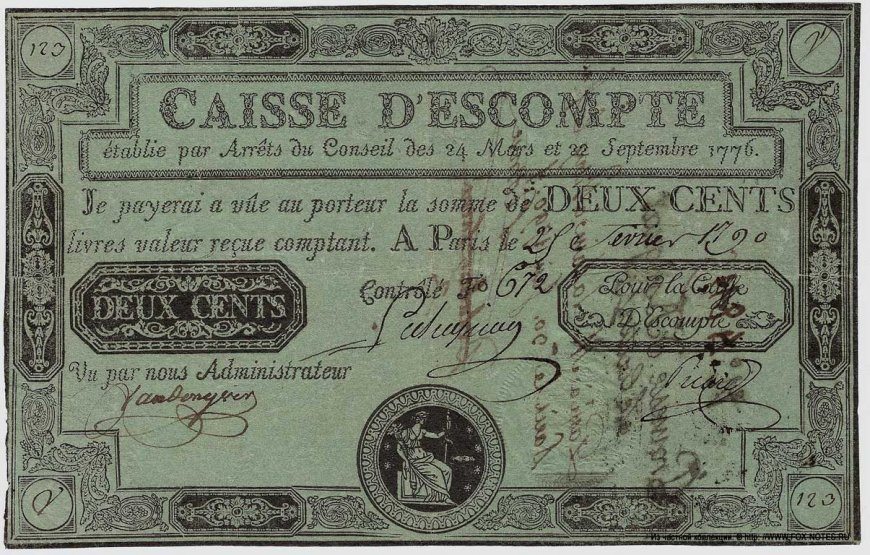
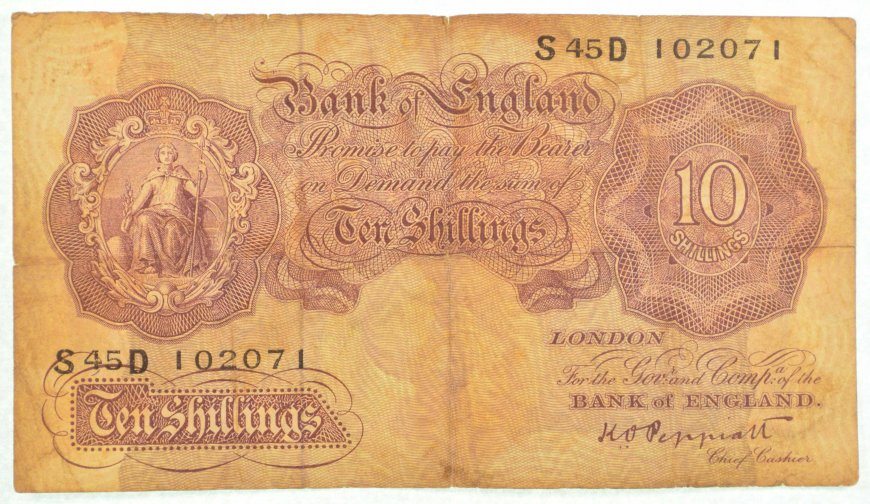
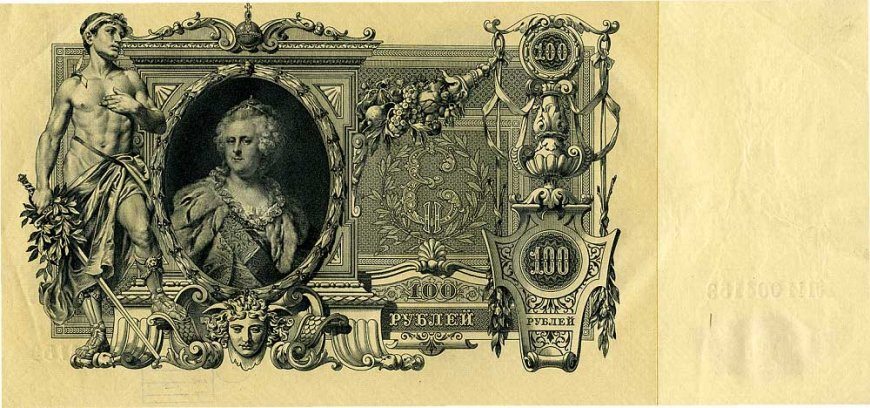
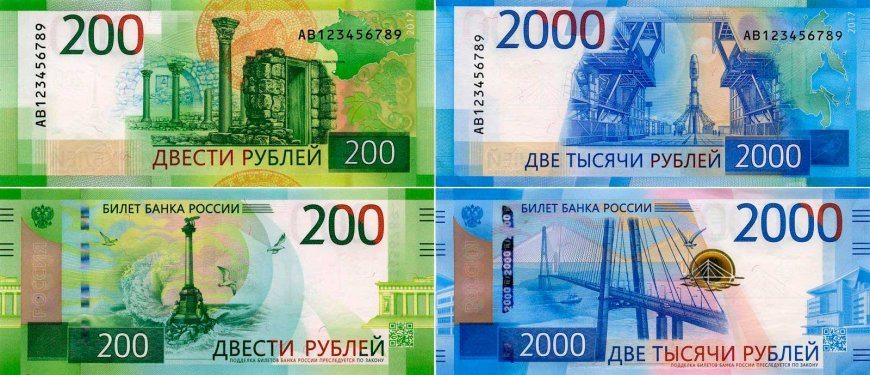
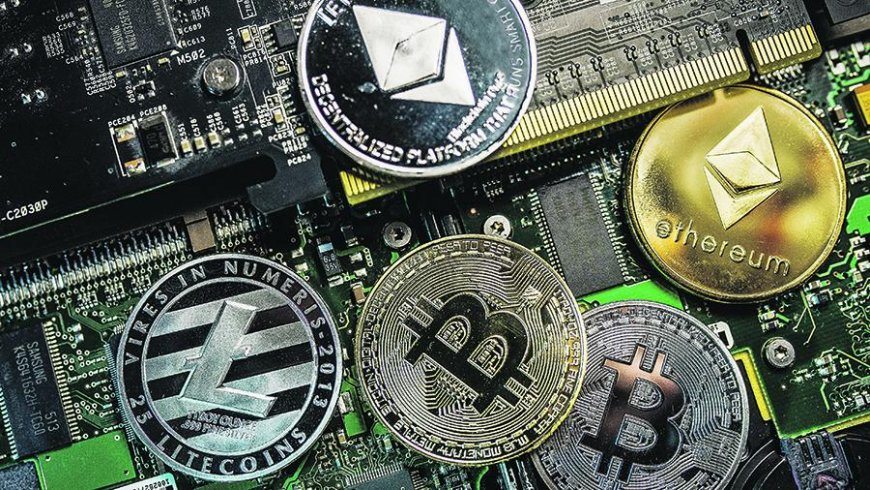
Information
Users of Гости are not allowed to comment this publication.
Comments (13)